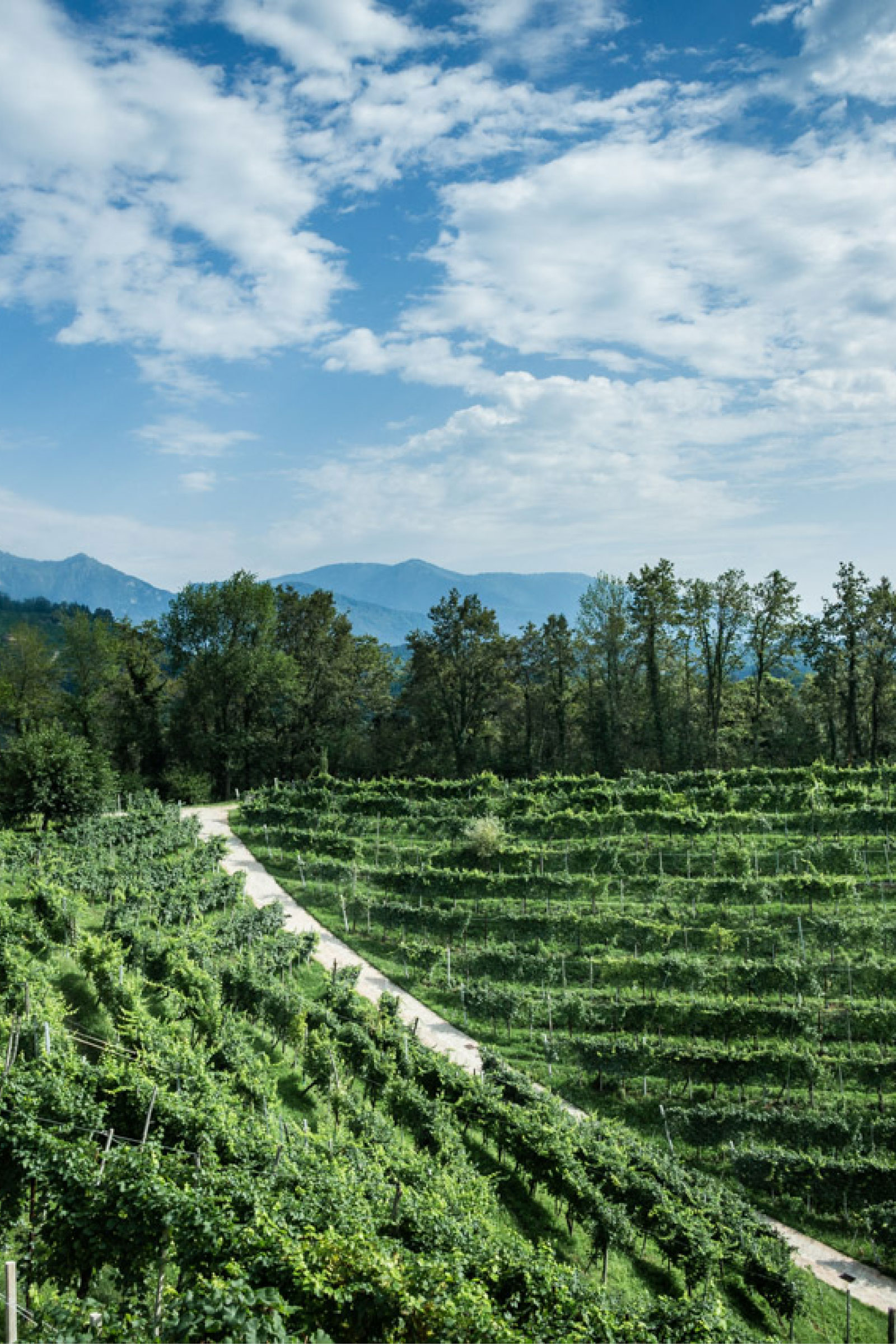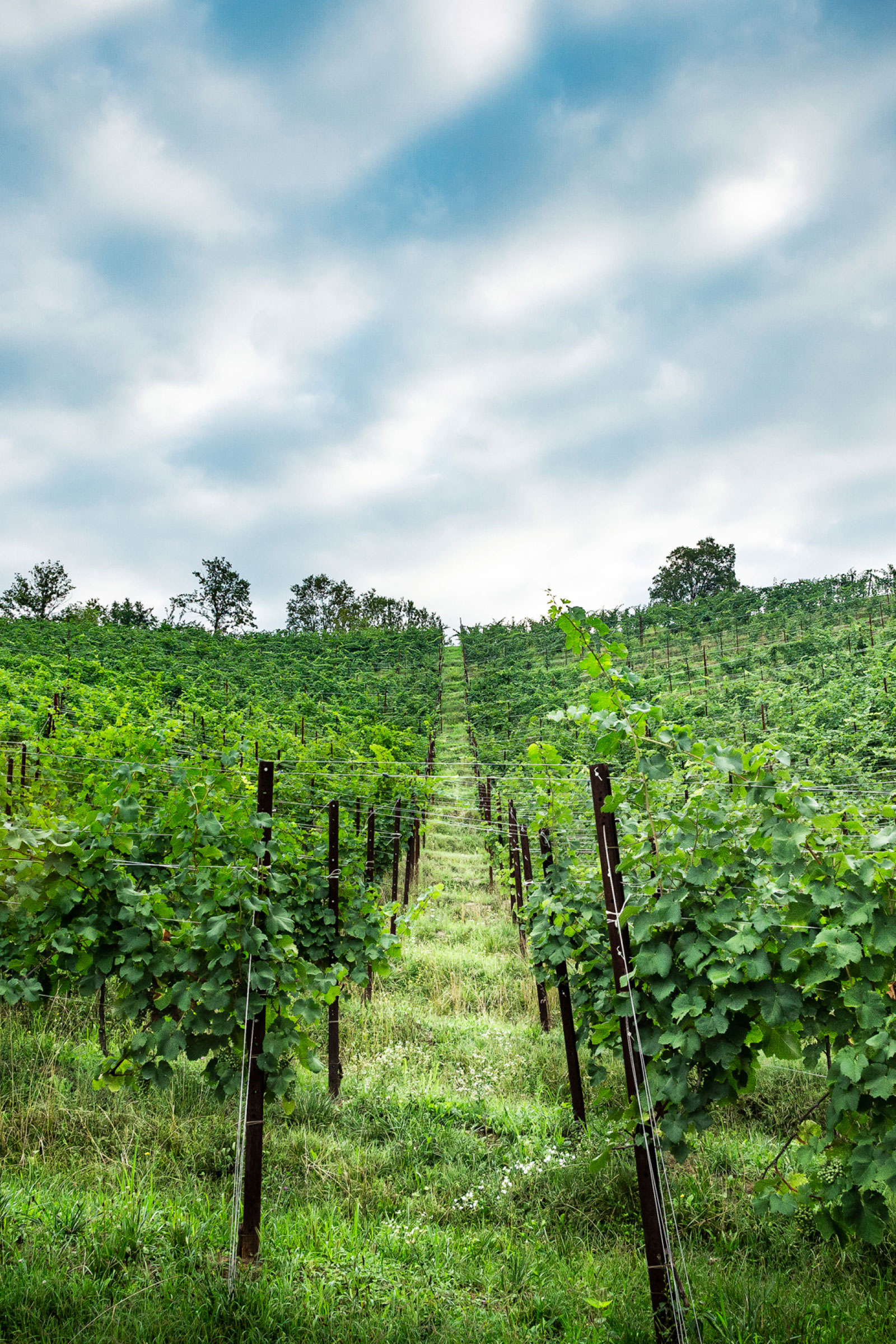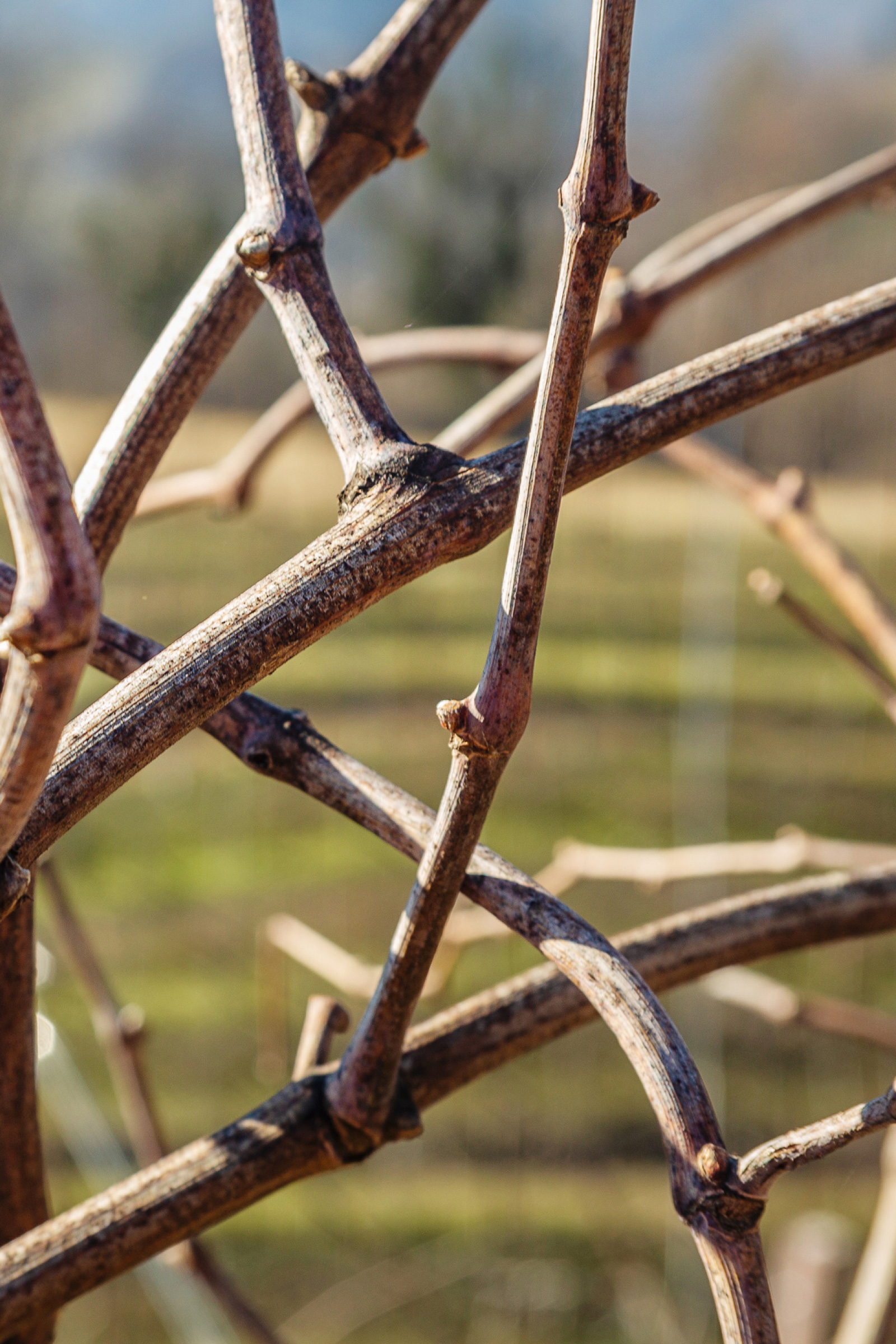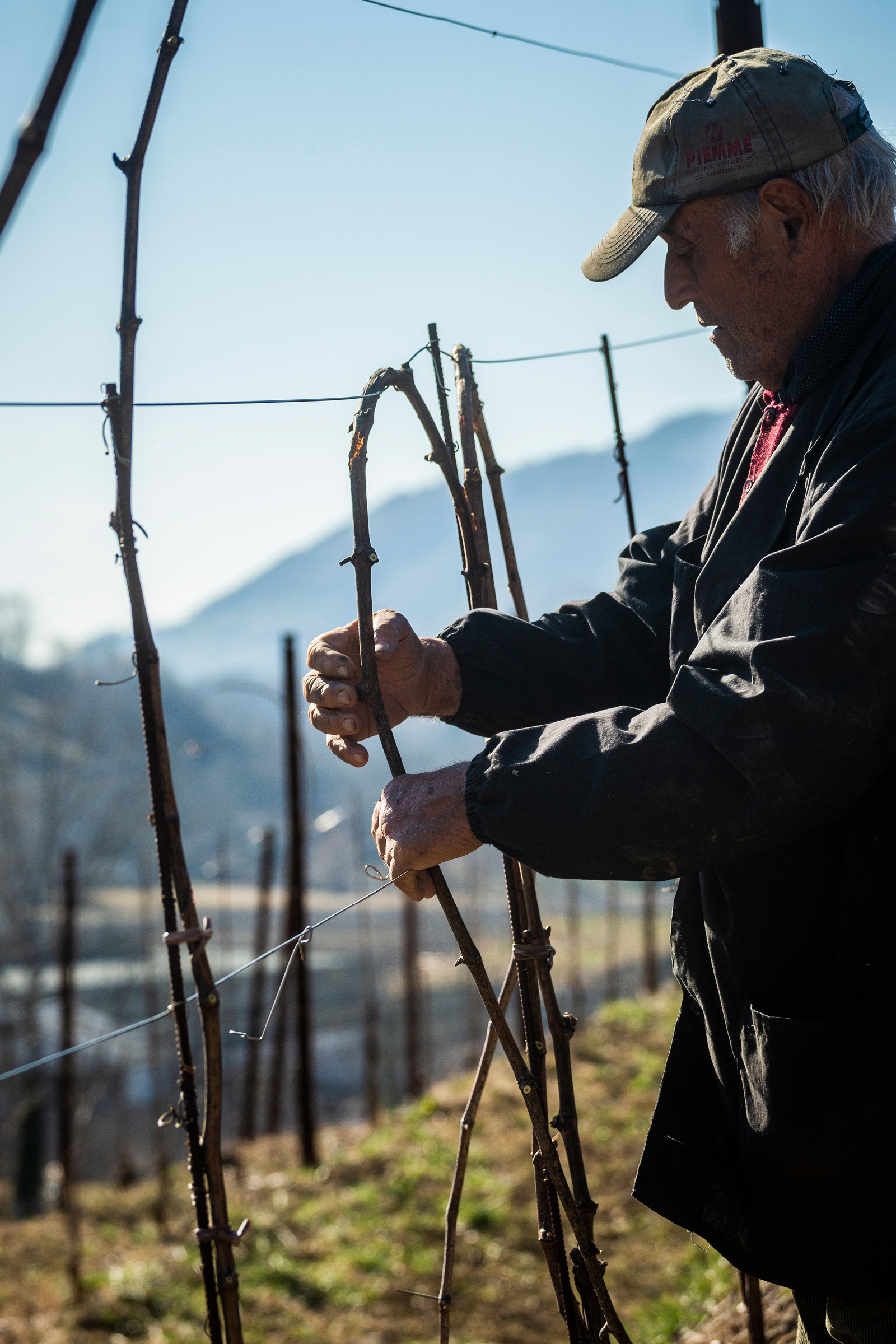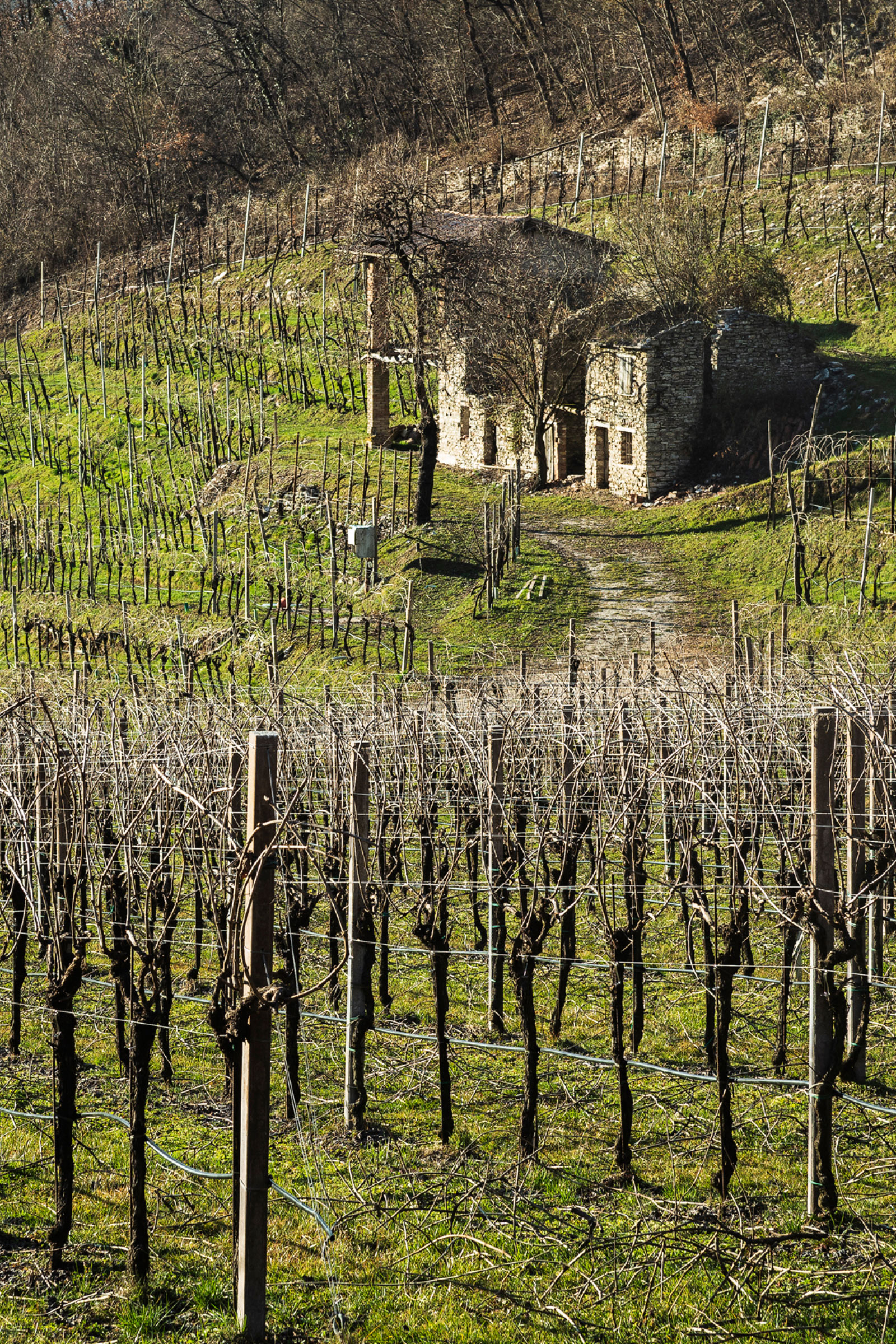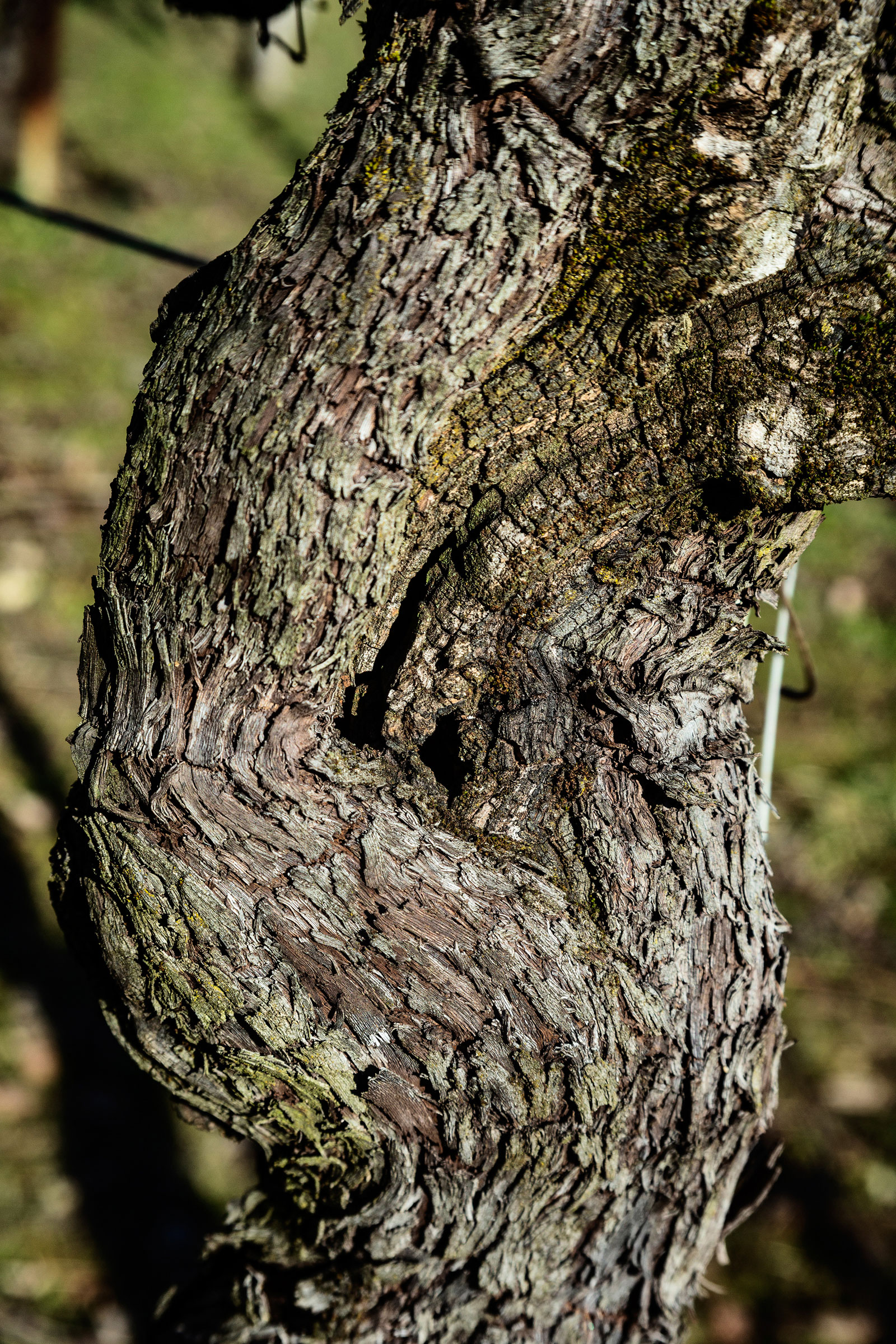There is always been a very close relation between the land where the grapevine is cultivated and the wine produced. Our mission is to respect it and produce a wine which is a balance between the rythme of nature and our work.
Acerle’s lands
Laying on the hilly area from Santo Stefano of Valdobbiadene to Campea of Miane, our vineyards have an excellent exposure of different declines and altitudes. By looking at them it is possible to understand the work done over the years, starting from my grandfather, then my father knowing that over there they would have obtained the best grapes.
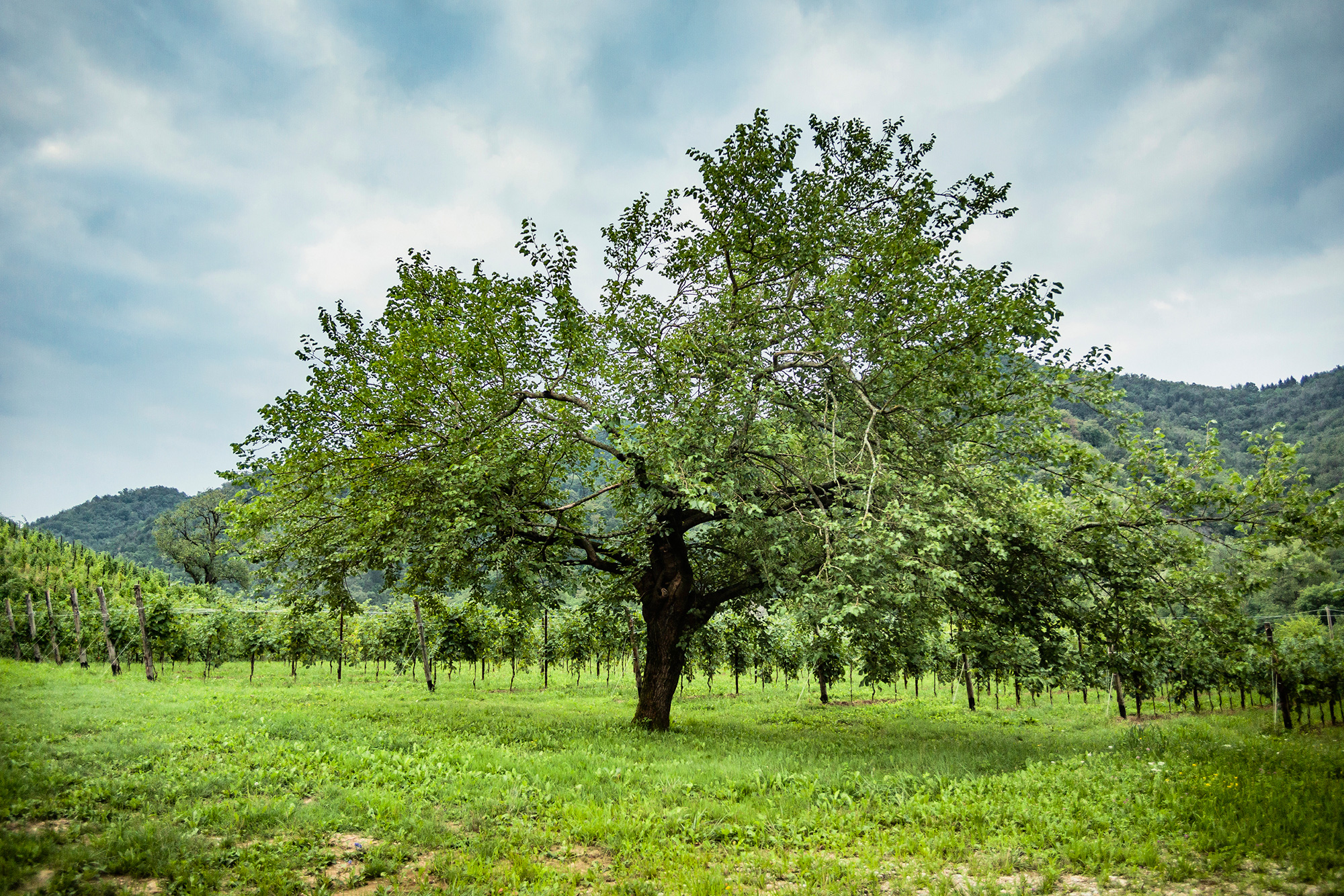
We are always trying to
make more sustainable the relationship between man and nature.
We do not use chemical weedkiller and we carry out an integrated defence, complying with the guidelines of the Vitivinicolo’s protocol written annually by the Consorzio di Tutela Conegliano Valdobbiadene’s technical commission.
Every year the wine is affected by the claimate. Rain, drought, hail, cold and warm, wet and dry weather can change the grapes’ development, ripening and even their harvest.
Keeping a constant eye allows us to help when it’s really necessary.
Vineyards
All of our vineyards have characteristic names.
In the Valdobbiadene’s municipality, going from West to East, we can find two of them in the San Pietro di Barbozza’s district: the Pian del Cartizze, the highest part of the historical and famous hill, characterised by clay mixed with copper, sandstone and small rocks; then at the border there’s Fianco Cartizze, with mainly clayey bottom.
Going forward we arrive in Santo Stefano where we find Colture and Malaica, two vineyards with mixed soil of clay and small stones. On the main road to Guia we pass the area of Follo and we find on the right hand side Ronce and Anfisa with clay soil.
In the Mianes’s municipality, the Campea’s district, we have the Casale Faè’s property, with Casale, Anfiteatro and Est’s vineyards, all characterised by a clayey bottom. The property includes a colonic house, two farm buildings, several mulberries (at the time they were used for the silkworm breeding) and in the North there is a wooden area used during autumn season for the mushrooms’ harvest and during the winter season for the burning wood.
The structural and mineral composition of the soil, the microclimate and the exposition to the sun of the different hills, give the grapes an individual distinguished taste that become the mark of our wines.
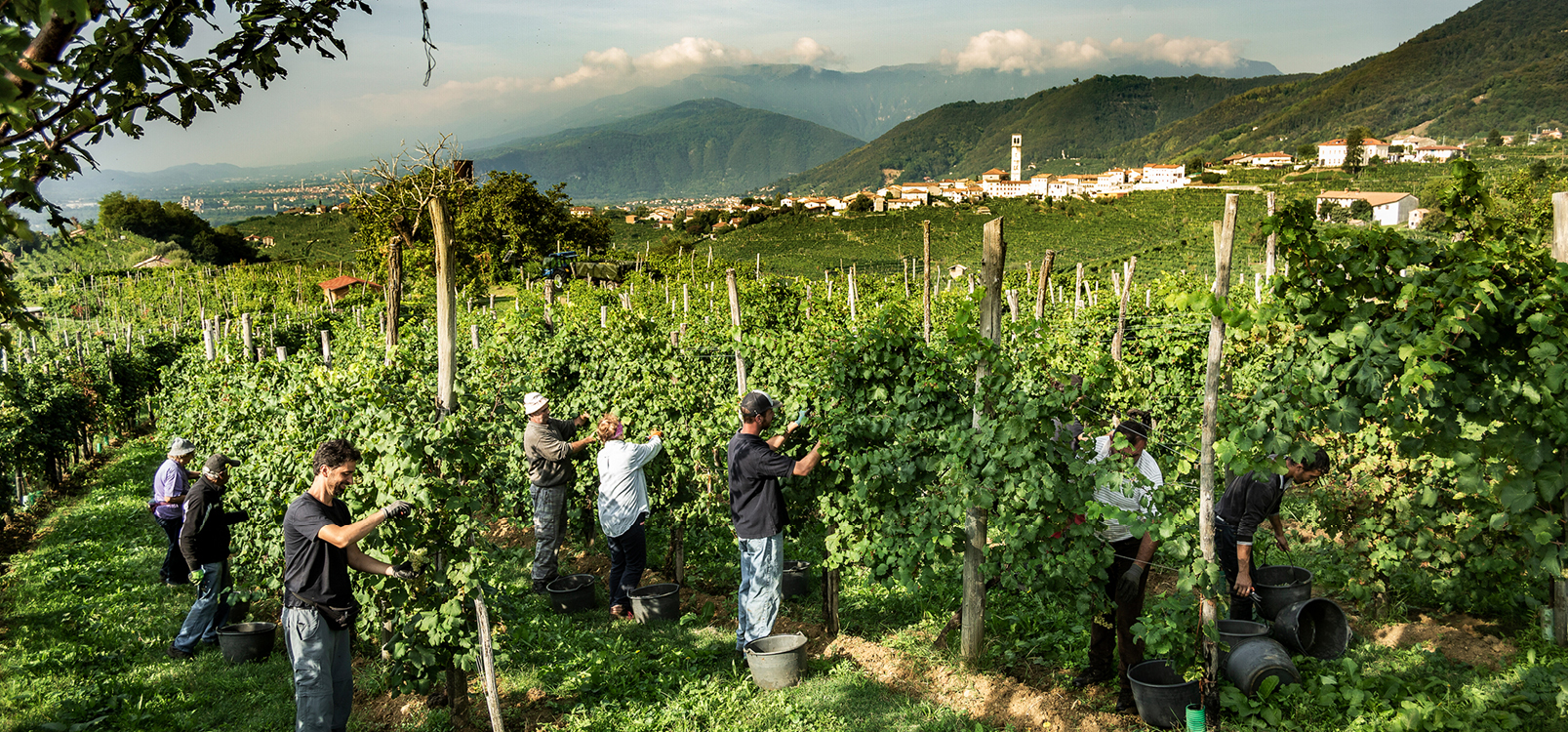
The harvest
After all the summer efforts, we supervise our vineyards and we check the ripening of the grapes everyday: we observe, we take away any shade they might have from the leaves, we taste the grapes and finally, only at the right time, all the family arrives to help. We prepare the tractor and the weapons (scissors and buckets) and we’re ready to start the Vendemmia’s event.
In mid-September, when all the vineyards repopulate, there is excitement in the air. You can hear the ticking sound of the scissors, the tales of old men and chit chats of the younger ones. The grape harvest in the hills is done strictly by hand and is as tiring as it is beautiful, but it is well known that “the man is never satisfied of beauty“.
The Pruning
Double Capolvolto (upside down) is the typical pruning in the area of Valdobbiadene. The grapevine looks messy, in an enigmatic tangle of shoots, ready and longing for the “messa in piega” which consists in styling the shoot downwards in the shape of an arch leaving two gems.
“for us vine growers, the land is a family matter:
you know that what you do today will be passed down to the generations to come.
This is why we have to look after it and safeguard it
because we will pass, but it will remain”





